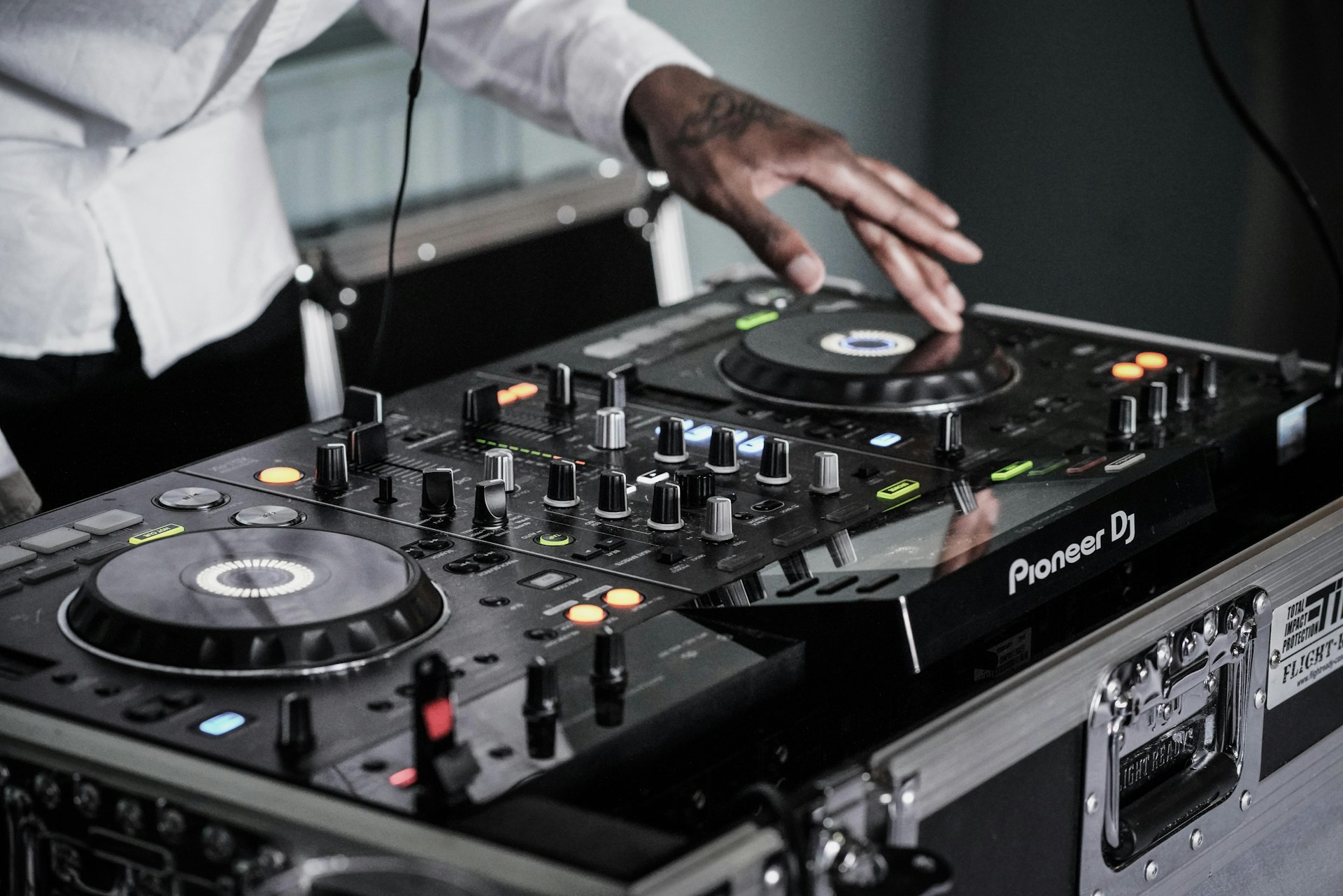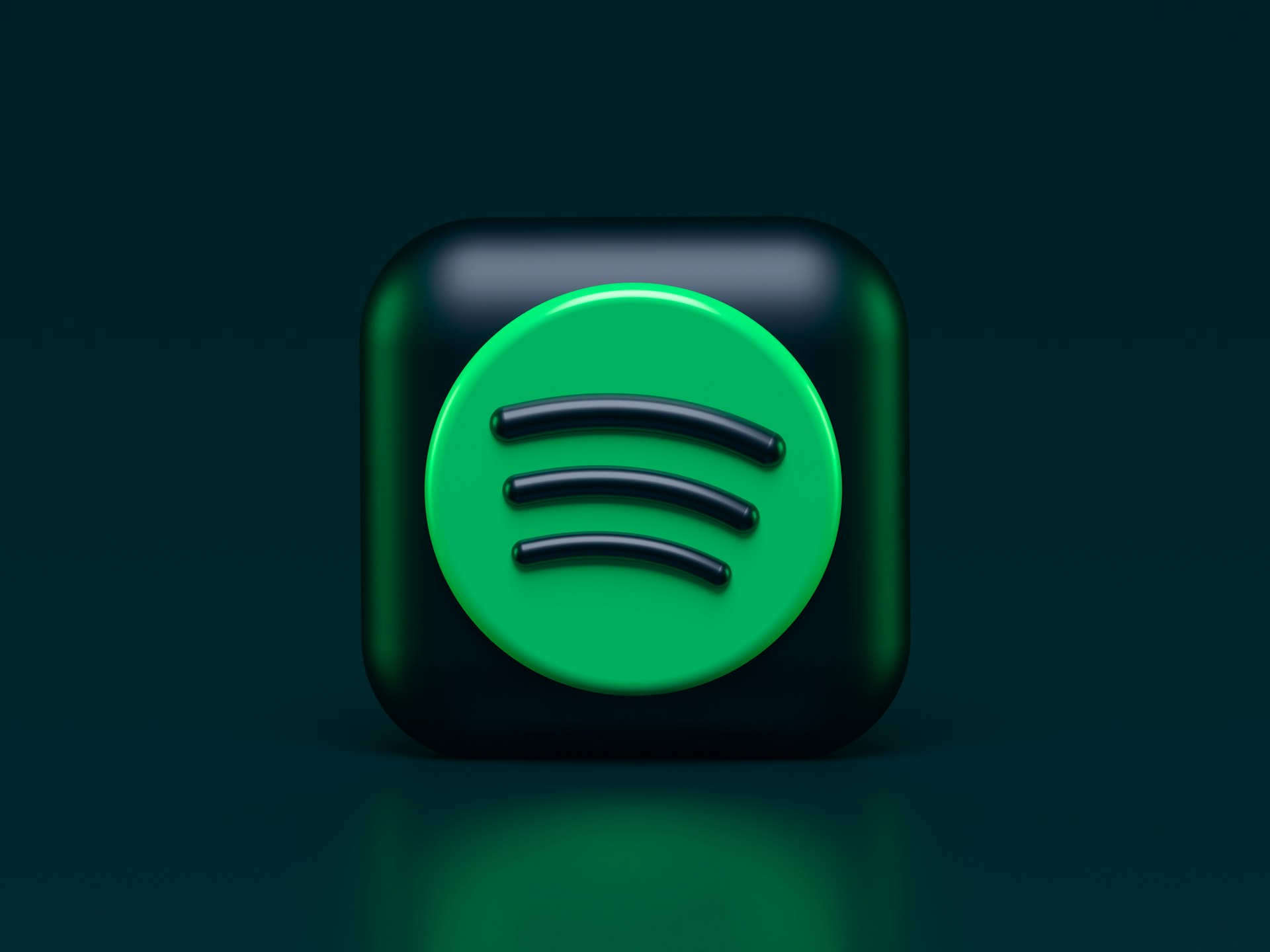The electronic dance music (EDM) industry has been at the forefront of technological innovation, continually pushing boundaries and redefining music production and performance. From software advancements to innovative hardware, these technological innovations have significantly impacted how artists create, perform, and connect with their audiences. Here’s a detailed exploration of key innovations and their influence on EDM artists:
1. Digital Audio Workstations (DAWs) and Software Synthesizers

Impact: DAWs like Ableton Live, FL Studio, and Logic Pro have revolutionized music production by providing powerful tools for composing, arranging, mixing, and mastering. Software synthesizers, such as Serum, Massive, and Sylenth1, offer endless possibilities for sound design, allowing artists to create custom sounds and textures that define their unique style.
Artist Use: Artists leverage DAWs and software synthesizers to experiment with new sounds, craft intricate melodies, and produce polished tracks with professional-grade quality. The accessibility and flexibility of these tools democratize music production, enabling both established artists and newcomers to explore their creativity without the constraints of traditional studio setups.
2. Virtual Instruments and Sample Libraries

Impact: Virtual instruments and sample libraries provide a vast repository of sounds—from realistic orchestral instruments to electronic drums and exotic synthesizers. These tools enable artists to access high-quality sounds instantly, speeding up the production process and expanding sonic palettes beyond physical limitations.
Artist Use: EDM artists integrate virtual instruments and sample libraries into their productions to enhance musical arrangements, layering, and texture. By blending sampled elements with original compositions, artists can achieve complex arrangements and immersive soundscapes that captivate listeners and elevate their productions to professional standards.
3. Live Performance Technologies: MIDI Controllers and DJ Equipment

Impact: MIDI controllers, pad controllers, and advanced DJ equipment have transformed live performances, enabling artists to manipulate sounds, trigger samples, and create dynamic mixes in real-time. Innovations like Serato DJ, Pioneer CDJs, and MIDI-enabled controllers offer seamless integration with software, empowering DJs to perform with precision and creativity.
Artist Use: EDM artists utilize MIDI controllers and DJ equipment to deliver electrifying live performances that blend pre-produced tracks with spontaneous remixes and improvisations. These technologies facilitate interactive experiences, allowing artists to engage directly with their audience and adapt their sets to suit different venues and crowds.
4. Virtual Reality (VR) and Augmented Reality (AR)
Impact: VR and AR technologies are revolutionizing how audiences experience live music and interact with artists. VR concerts, immersive experiences, and virtual environments allow fans to attend performances from anywhere in the world, transcending physical boundaries and enhancing engagement.
Artist Use: Forward-thinking artists explore VR and AR to create innovative music videos, virtual performances, and interactive installations that immerse fans in their music and visual artistry. These technologies provide new avenues for artistic expression, storytelling, and fan engagement, offering unprecedented opportunities to connect with global audiences.
5. Streaming Platforms and Online Communities

Impact: Streaming platforms such as Spotify, Apple Music, and SoundCloud have democratized music distribution and discovery, empowering artists to reach global audiences independently. Online communities, forums, and social media platforms enable artists to connect with fans, collaborate with peers, and build supportive networks within the EDM community.
Artist Use: EDM artists leverage streaming platforms to release music, gain exposure, and generate revenue through digital distribution and royalties. Social media platforms facilitate direct communication with fans, promotion of new releases, and engagement through live streams, Q&A sessions, and behind-the-scenes content.
6. Artificial Intelligence (AI) in Music Production

Impact: AI technologies, including machine learning algorithms and AI-driven plugins, are reshaping music production by automating tasks such as mastering, arrangement suggestions, and sound analysis. AI tools analyze vast datasets to generate creative insights and enhance productivity for artists.
Artist Use: While still emerging, AI-powered tools assist EDM artists in optimizing workflows, generating new musical ideas, and improving production efficiency. Artists collaborate with AI developers to explore innovative applications, experiment with AI-generated compositions, and integrate machine learning techniques into their creative processes.
Conclusion
Technological innovations continue to redefine the landscape of EDM music production, performance, and audience engagement. By embracing these advancements—from DAWs and virtual instruments to VR experiences and AI tools—EDM artists gain unprecedented opportunities to innovate, connect with fans worldwide, and shape the future of electronic dance music. As technology evolves, artists who adapt, experiment, and harness the power of these innovations are poised to thrive in an ever-evolving industry driven by creativity and innovation. 🎵✨ #EDMTechnology #MusicInnovation